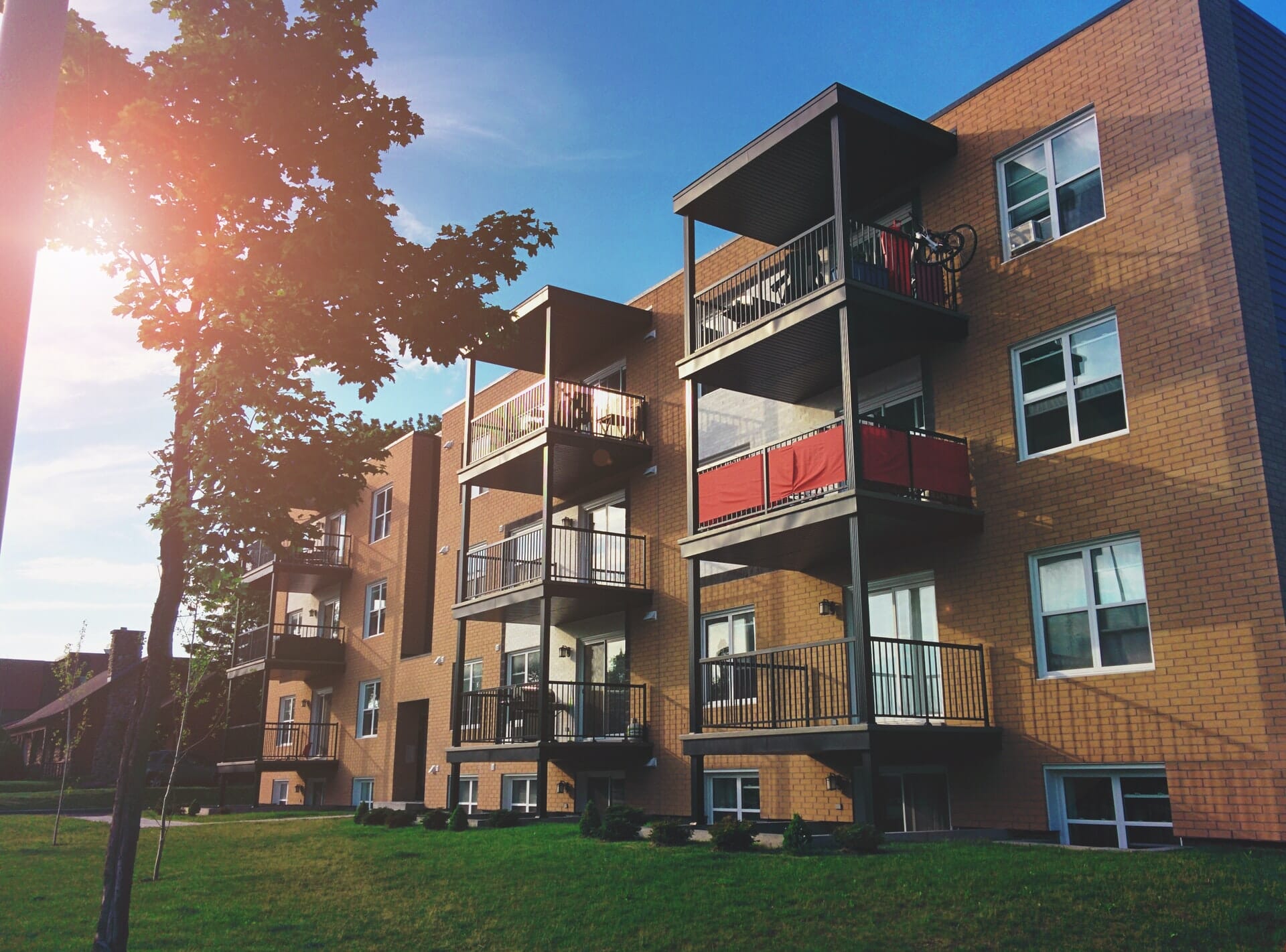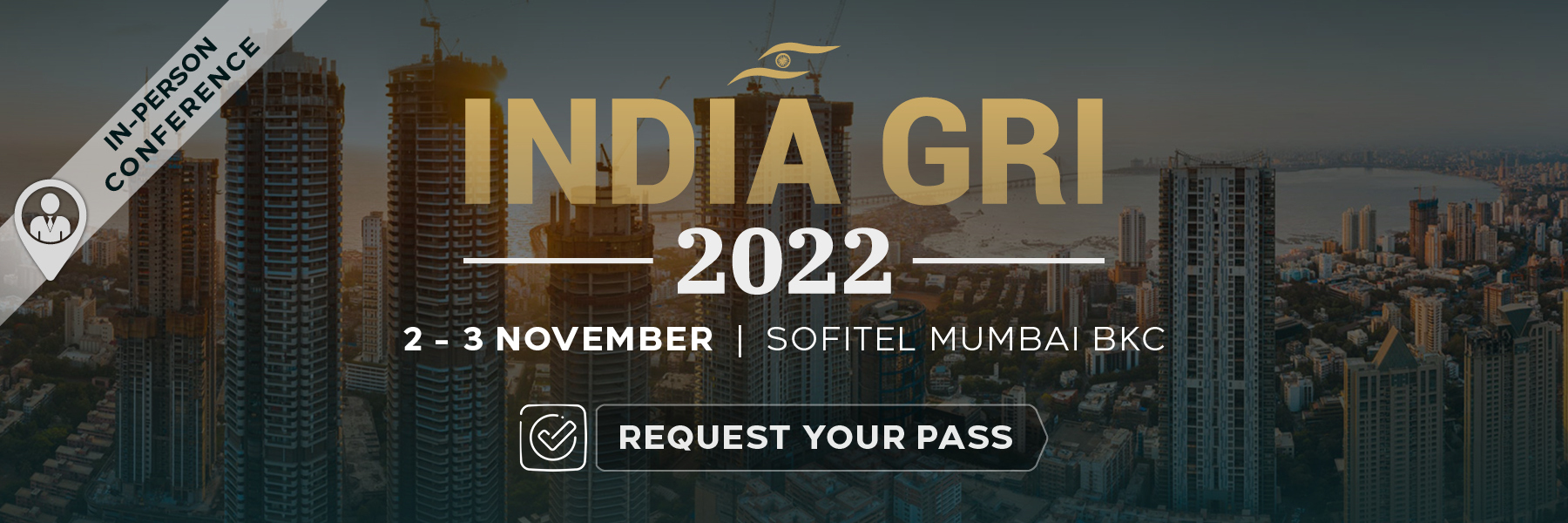 Sigmund
SigmundIn Turbulent Times, Leaders are Charting the Future of Indian Residential Market
Home loan interest rates increasing – but the record highs of Q4 augurs well for the future
As sales in H1 2022 have reached the highest level since H1 2013 on the Indian residential market, the world continues to be faced with several headwinds – rising construction and transportation costs, the threat of multiple interest rate rises, and demonetization. These headwinds have resulted in various players having to exit, further increasing stress in the sector.
GRI Club member Sanjay Dutt (MD & CEO, Tata Realty) diagnoses that high inventory and lack of prime appreciation led to the exit of speculators and inventors. The housing sector was catering to speculators, inventors and end users – now, only the latter were left.
"Housing by nature is cyclical, and the Indian housing market has been impacted by a series of disruptions over the last 5-6 years - demonetization, excessive inventory, RERA, GST, NBFC crisis and Covid pandemic.
From the scale of 5 lac units, demand came down to 1.5 lac units a year and now finally moving to 3 to 4 lac units a year. We believe India has the potential to touch 1 million units a year minimum."
Moreover, property prices in Mumbai and Delhi are expected to rise between 4% and 5% this year and next, and 5.5%-6.5% in Bengaluru and Chennai. This is the fastest growth in five years (Reuters poll of property analysts).
Yes, the rise in residential demand across major Indian cities reflects economic recovery and income stabilisation. But still, a major concern for most investors is whether future demand will continue its significant growth pace. In this regard, raising capital on Microliving, Co-living, or Serviced Apartments are trends that are driving investment decisions.
Investing in Alternative Resi will be one of the topics to be discussed in India GRI 2022. The event will gather the most relevant and senior leaders, 62% of which are from the Indian residential sector. Check out the full agenda.
Looking at the tailwinds, demand is likely to be resilient on the back of rising salaries, low mortgage rates, stable prices and attractive schemes, explains Lata Pillai (Managing Director and Head of Capital Markets, JLL India).
Sales in H1 2022 have reached the highest level since H1 2013. Growing by 60% in YoY terms, the sale of 158,705 units during H1 2022 was 19% higher than the preceding period of H2 2021, despite home loan interest rates increasing (Knight Frank's H1 22 report).
“Over a longer span, the real estate sector (incl. commercial & retail) continues to grow and is forecast to grow to USD 1 trillion by 2030, contributing 13% of India's GDP”, analyses Sanjay.
At such a juncture, from some developers' lens, the Indian housing market has undergone an overhaul over the last half a decade with increased regulation and consolidation.
“We now operate in a more structured and predictable environment, leading to increased buyer confidence and therefore better performance of well run businesses operating in resilient markets.”
– Mayank Ruia (Founder & CEO, MAIA Estates)
Apparently, the quick rebound of absorption to pre-Covid levels and the record highs of Q4 augurs well for the future.
Subscribe to GRI Newsletter: Real estate’s relevant news from India.
Learn more about GRI Club
Written by Lucas Brancucci.




